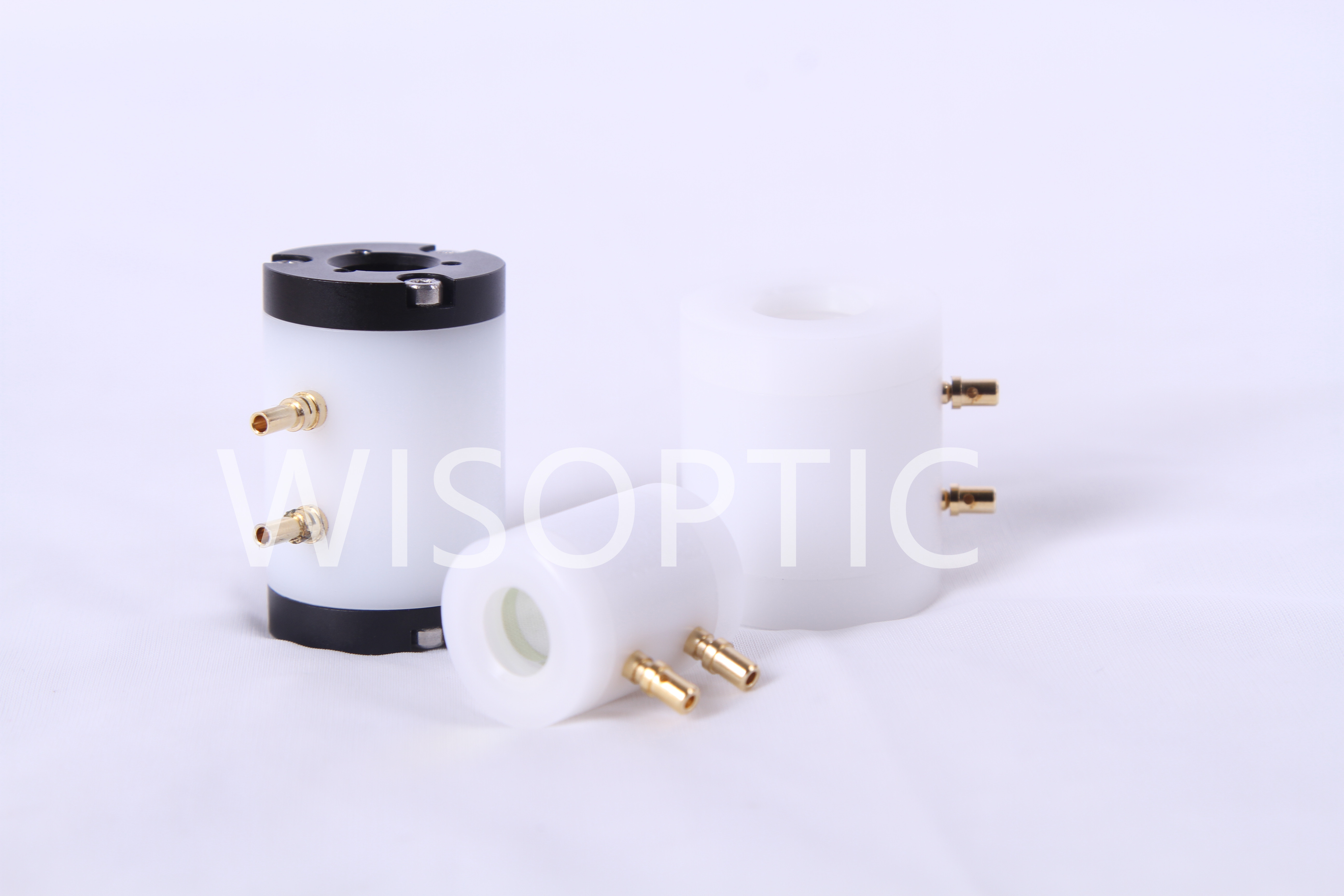High peak power lasers have important applications in scientific research and military industry fields such as laser processing and photoelectric measurement. The world’s first laser was born in 1960’s. In 1962, McClung used nitrobenzene Kerr cell to achieve energy storage and rapid release, thus to obtain pulsed laser with high peak power. The emergence of Q-switching technology is an important breakthrough in the history of high peak power laser development. By this method, continuous or wide pulse laser energy is compressed into pulses with extremely narrow time width. The laser peak power is increased by several orders of magnitude. The electro-optic Q-switching technology has the advantages of short switching time, stable pulse output, good synchronization, and low cavity loss. The peak power of the output laser can easily reach hundreds of megawatts.
Electro-optic Q-switching is an important technology for obtaining narrow pulse width and high peak power lasers. Its principle is to use the electro-optic effect of crystals to achieve abrupt changes in the energy loss of the laser resonator, thereby controlling the the storage and rapid release of the energy in the cavity or the laser medium. The electro-optical effect of the crystal refers to the physical phenomenon in which the refractive index of light in the crystal changes with the intensity of the applied electric field of the crystal. The phenomenon in which the refractive index change and the intensity of the applied electric field have a linear relationship is called linear electro-optics, or Pockels Effect. The phenomenon that the refractive index change and the square of the applied electric field strength have a linear relationship is called the secondary electro-optic effect or Kerr Effect.
Under normal circumstances, the linear electro-optic effect of the crystal is much more significant than the secondary electro-optic effect. The linear electro-optic effect is widely used in electro-optic Q-switching technology. It exists in all 20 crystals with non-centrosymmetric point groups. But as ideal electro-optic material, these crystals are not only required to have a more obvious electro-optic effect, but also appropriate light transmission range, high laser damage threshold, and stability of physicochemical properties, good temperature characteristics, ease of processing, and whether single crystal with large size and high quality can be obtained. Generally speaking, practical electro-optic Q-switching crystals need to valuated from the following aspects: (1) effective electro-optic coefficient; (2) laser damage threshold; (3) light transmission range; (4) electrical resistivity; (5) dielectric constant; (6) physical and chemical properties; (7) machinability. With the development of application and technological advancement of short pulse, high repetition frequency, and high power laser systems, the performance requirements of Q-switching crystals continue to increase.
In the early stage of the development of electro-optic Q-switching technology, the only practically used crystals were lithium niobate (LN) and potassium di-deuterium phosphate (DKDP). LN crystal has low laser damage threshold and is mainly used in low or medium power lasers. At the same time, due to the backward of crystal preparation technology, the optical quality of LN crystal has been unstable for a long time, which also limits its wide application in lasers. DKDP crystal is deuterated phosphoric acid potassium dihydrogen (KDP) crystal. It has relatively high damage threshold and is widely used in electro-optic Q-switching laser systems. However, DKDP crystal is prone to deliquescent and has a long growth period, which limits its application to a certain extent. Rubidium titanyl oxyphosphate (RTP) crystal, barium metaborate (β-BBO) crystal, lanthanum gallium silicate (LGS) crystal, lithium tantalate (LT) crystal and potassium titanyl phosphate (KTP) crystal are also used in electro-optic Q-switching laser systems.
High quality DKDP Pockels cell made by WISOPTIC (@1064nm, 694nm)
Post time: Sep-23-2021

